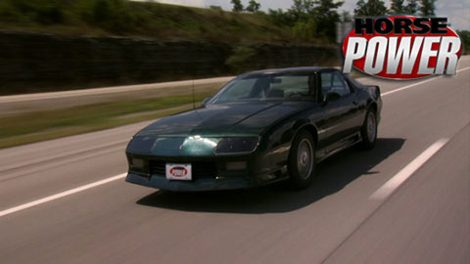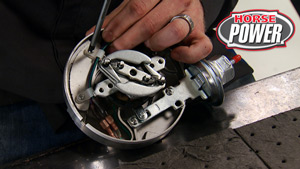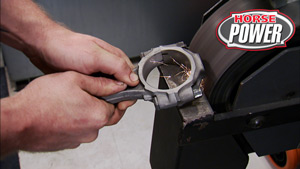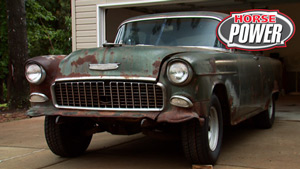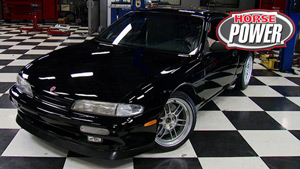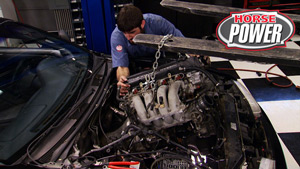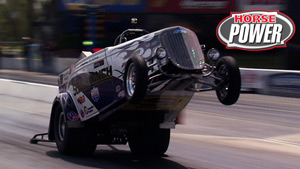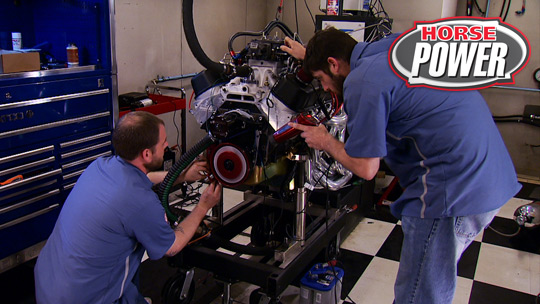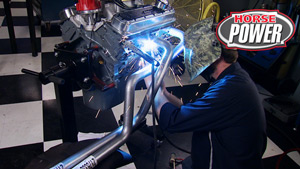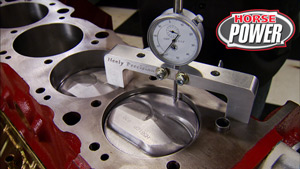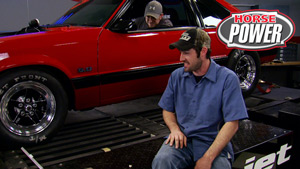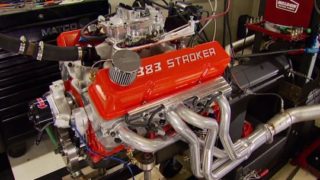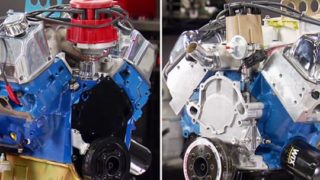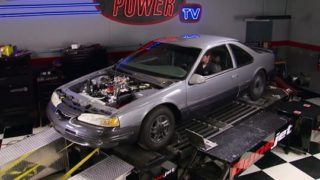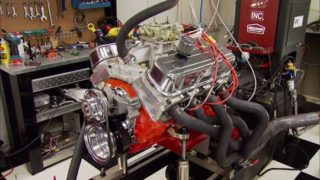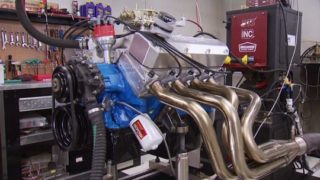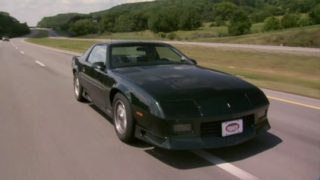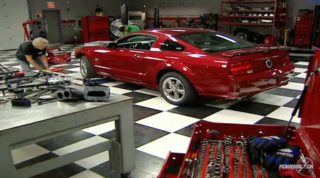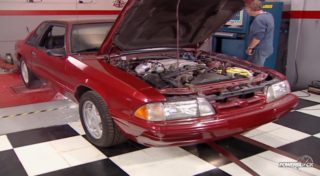More '92 Chevy Camaro "Lean Green" Episodes
HorsePower Builds
Want more content like this?
Join the PowerNation Email NewsletterParts Used In This Episode
[none]
Royal Purple 10W-30 Break-in oil, Max-Tuff assembly lube.
[none]
Royal Purple Purple Ice coolant additive.
[none]
Royal Purple synthetic gear oil, Max-ATF, 5W-30 Synthetic motor oil.
Accel
Cap and rotor kit, external HEI coil, ignition module, spark plug wire set.
Actron
Sunpro vaccuum guage.
Airaid
AIRAID Intake System, Cool Air Dam System Type Fits:
CHRYSLER 300 2005-2008 V8 5.7L, V8 6.1L, DODGE CHALLENGER 2008-2008 V8 6.1L, DODGE CHARGER 2006-2008 V8 5.7L, V8 6.1L, DODGE MAGNUM 2005-2008 V8 5.7L, V8 6.1L
B&M Racing
B&M Shift Improver Kit and Torque convertor lock-up switch for 700R4.
Blast-It-All
Media blaster equipment.
Denso
Denso Iridium tip spark plugs.
Edelbrock
Performer Plus hydraulic roller camshaft, hydraulic roller lifters, timing set, valve springs, lifter installation kit, pushrod set.
Edelbrock
PERFORMER T.B.I. (idle-5500 rpm)
Designed for 1987-95 305/350 c.i.d. (5.0/5.7L) Chevy throttle body injected (T.B.I.) engines. #3704 is a stock replacement/street legal part for 305/350 V8s with factory T.B.I.; 1987-95.
Federal-Mogul Corporation
Sealed Power pistons and rings, A-series engine bearings, oil pump, pickup and driveshaft.
Fel-Pro engine gaskets and seals.
Heartthrob Exhaust,Inc.
3" single/2-1/2" dual tail pipes w/transverse welded HVS muffler.
Hedman Hedders
HTC coated shorty style emissions legal headers.
Huntsville Engine and Performance
Bore and hone engine block, balance rotating assembly.
Hypertech
Thermo-Master computer chip, Thermostat, Cool fan switch.
Loctite
Threadlocking compound.
Meziere Enterprises,Inc.
Electric high flow water pump with idler pulley, wiring installation kit.
O'Reilly Auto Parts
Replacement fuel injectors for TBI.
Pattons Inc.
Patton's Inc. Nitrogen Generator System.
Spectre Performance
Carb hat, one standard, one low profile, 2- 90 degree, 2- 60 degree, 2- 45 degree, 2-straight, couplers, foam inserts, Quik-Fab universal kit.
Summit Racing
Comp Cams self aligning roller tip rocker arms.
Summit Racing
Milodon crankshaft scraper.
Summit Racing
Pioneer harmonic balancer.
Summit Racing
Summit electric 14" low profile electric fan.
Summit Racing
Yokohama Avid Touring 225/60R16.
